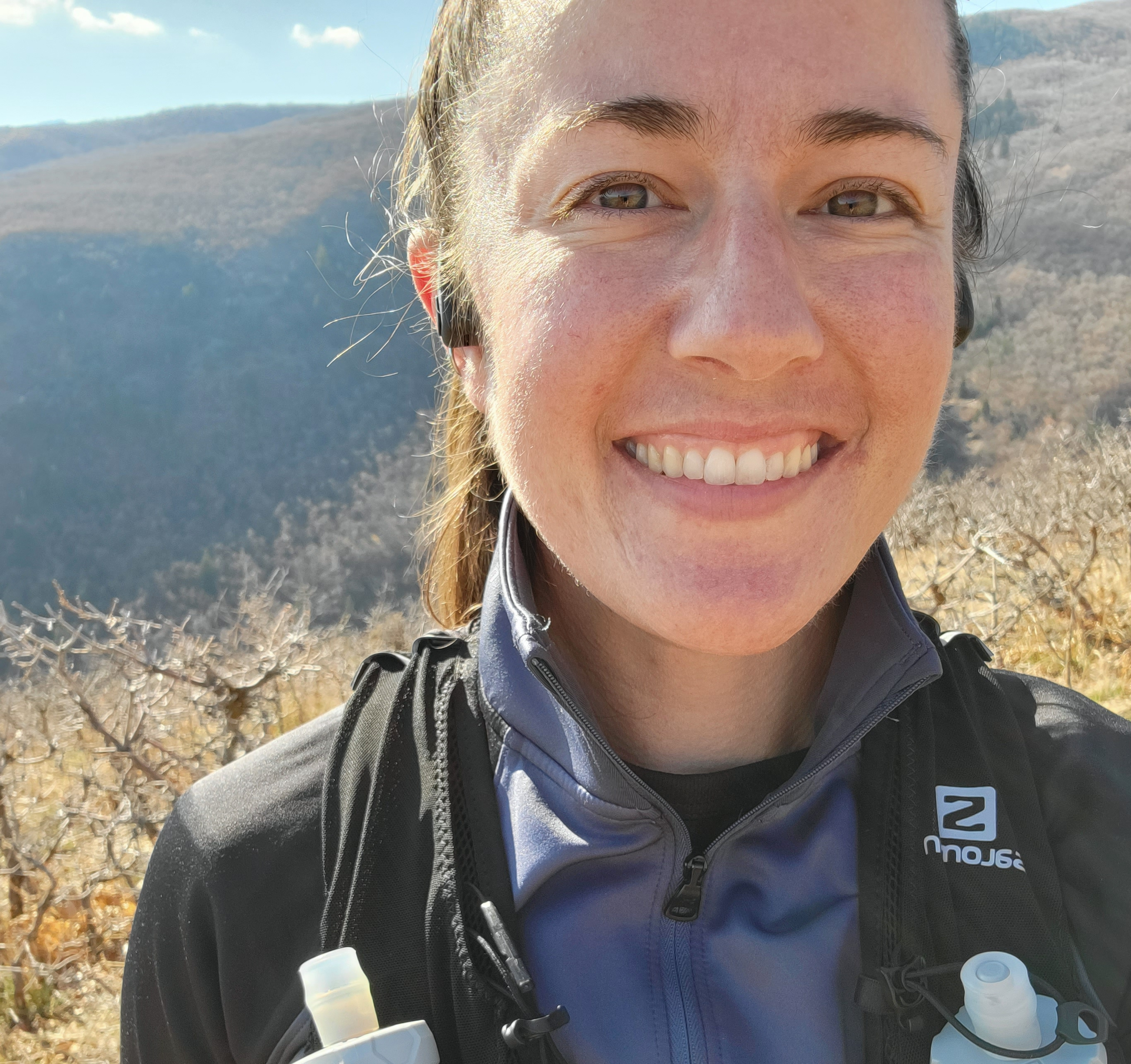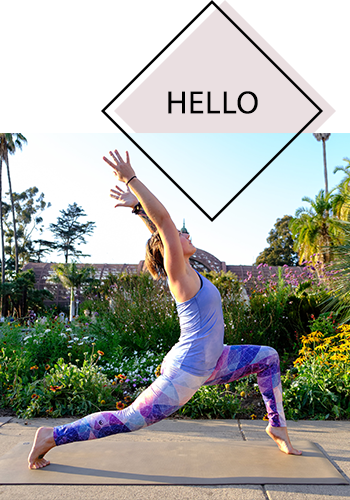Inspiration for Your Headstand
/The Power of Headstand: Benefits, Precautions, and Core Strengthening Poses
Headstand (Sirsasana), often called the "king of asanas," is one of the most iconic and transformative yoga poses. This inversion challenges the body and mind, offering a wealth of physical, mental, and emotional benefits. But it’s also a pose that requires preparation, proper alignment, and mindfulness to practice safely.
In this post, we’ll explore the benefits of headstand, why yogis practice it, who should avoid it, and three core-strengthening poses to help you build the strength and confidence to get upside down.
Benefits of Headstand
1. Improved Circulation
When you flip upside down, blood flows more easily from the lower body to the heart and brain. This increased circulation can help:
Boost oxygen supply to the brain, enhancing focus and mental clarity.
Reduce swelling in the legs and feet.
Support cardiovascular health.
2. Builds Strength
Headstand strengthens several key areas:
Core Muscles: Required for balance and stability.
Shoulders and Arms: Essential for holding your body weight.
Spinal Muscles: Help maintain alignment and protect the neck.
3. Enhances Focus and Concentration
Balancing on your head demands full attention. This mental engagement helps quiet distractions, improve concentration, and cultivate mindfulness.
4. Stimulates the Lymphatic System
Inversions encourage the movement of lymph, which aids in detoxification and supports a healthy immune system.
5. Boosts Confidence
Mastering headstand can be incredibly empowering. It challenges you to confront fear, build trust in your body, and celebrate your progress.
Why Do We Practice Headstand?
Headstand is more than just a physical feat; it’s a practice in:
Balance: Physically and mentally.
Patience: Progressing into headstand takes time and consistent effort.
Perspective: Literally seeing the world upside down can be a refreshing and energizing shift.
In yoga philosophy, inversions like headstand are believed to activate the crown chakra (Sahasrara), associated with clarity, enlightenment, and connection to the universe. By turning your body and energy flow upside down, you symbolically and physically shift into a new perspective.
Who Should Avoid Headstand?
While headstand offers many benefits, it’s not suitable for everyone. Consult with a qualified instructor or healthcare provider if you:
Have neck or spinal issues (e.g., herniated discs, cervical instability).
Experience high blood pressure or heart conditions.
Are in the first trimester of pregnancy.
Have eye conditions like glaucoma or detached retina, as increased pressure can worsen symptoms.
Are new to yoga or lack the necessary strength and alignment knowledge.
Pro Tip: If you’re unsure whether headstand is right for you, start with alternative inversions like Dolphin Pose or Legs-Up-the-Wall Pose to experience the benefits of being upside down with less risk.
3 Core-Strengthening Poses to Prepare for Headstand
Building a strong core is essential for practicing headstand safely. A strong core helps stabilize your body, reduce pressure on your neck, and improve balance. Here are three foundational poses to get you there:
1. Dolphin Pose (Ardha Pincha Mayurasana)
Dolphin Pose strengthens the shoulders, arms, and core while mimicking the shape and foundation of headstand.
How to Do a Headstand:
Start on your hands and knees.
Lower your forearms to the mat, keeping your elbows shoulder-width apart.
Tuck your toes and lift your hips into the air, creating an inverted “V” shape.
Press firmly into your forearms and engage your core.
Hold for 5–10 breaths, gradually increasing the duration as you build strength.
Why It Helps: Dolphin Pose strengthens the same muscles used in headstand and helps you practice supporting your weight on your forearms.
2. Forearm Plank
Forearm Plank is a powerful core exercise that builds stability and endurance.
How to Practice:
Start on your hands and knees, then lower your forearms to the mat.
Extend your legs straight back, keeping your body in a straight line from head to heels.
Engage your core, glutes, and thighs to prevent sagging or arching in the lower back.
Hold for 20–30 seconds, gradually increasing as you build strength.
Why It Helps: A strong core is essential for holding your body upright in headstand, and Forearm Plank strengthens those muscles while reinforcing forearm stability.
3. Boat Pose (Navasana)
Boat Pose targets the deep core muscles, improving the control needed for lifting your legs into headstand.
How to Practice:
Sit on your mat with your knees bent and feet flat on the floor.
Lean back slightly, keeping your spine long and your chest lifted.
Lift your feet off the ground, bringing your shins parallel to the floor.
Extend your arms forward, parallel to the floor.
Hold for 5–10 breaths, then release and repeat 2–3 times.
Why It Helps: Boat Pose builds core strength and teaches balance, both of which are crucial for transitioning into and holding headstand.
Tips for Approaching Headstand Safely
Master the Foundation: Ensure your hands, forearms, and head are properly aligned and supported. A solid base reduces the risk of injury.
Engage Your Core: Your core, not your neck, should do most of the work in holding the pose.
Use a Wall: Practice near a wall for added support as you build confidence and strength.
Move Slowly: Avoid kicking up into headstand. Instead, lift your legs gradually using core strength.
Practice Under Supervision: Work with an experienced yoga teacher to ensure proper alignment and technique.
Conclusion: The Journey to Headstand
Headstand is a pose that embodies strength, focus, and balance. While the physical benefits are undeniable, the mental and emotional growth that comes from practicing it is equally transformative. By preparing your body with core-strengthening poses and approaching the inversion mindfully, you can experience the empowering and joyful rewards of this iconic asana.
Remember, yoga is a journey, not a destination. Celebrate each step of your progress, whether it’s mastering Dolphin Pose or lifting into headstand for the first time. The practice is about showing up, exploring your limits, and embracing the process.
Ready to go upside down? Take a deep breath, engage your core, and trust in your strength—you’ve got this. ✨









Reflections on becoming a book shaman and memoir ghostwriter.
If you've walked through fire and come out transformed, your story is ready to become your legacy.